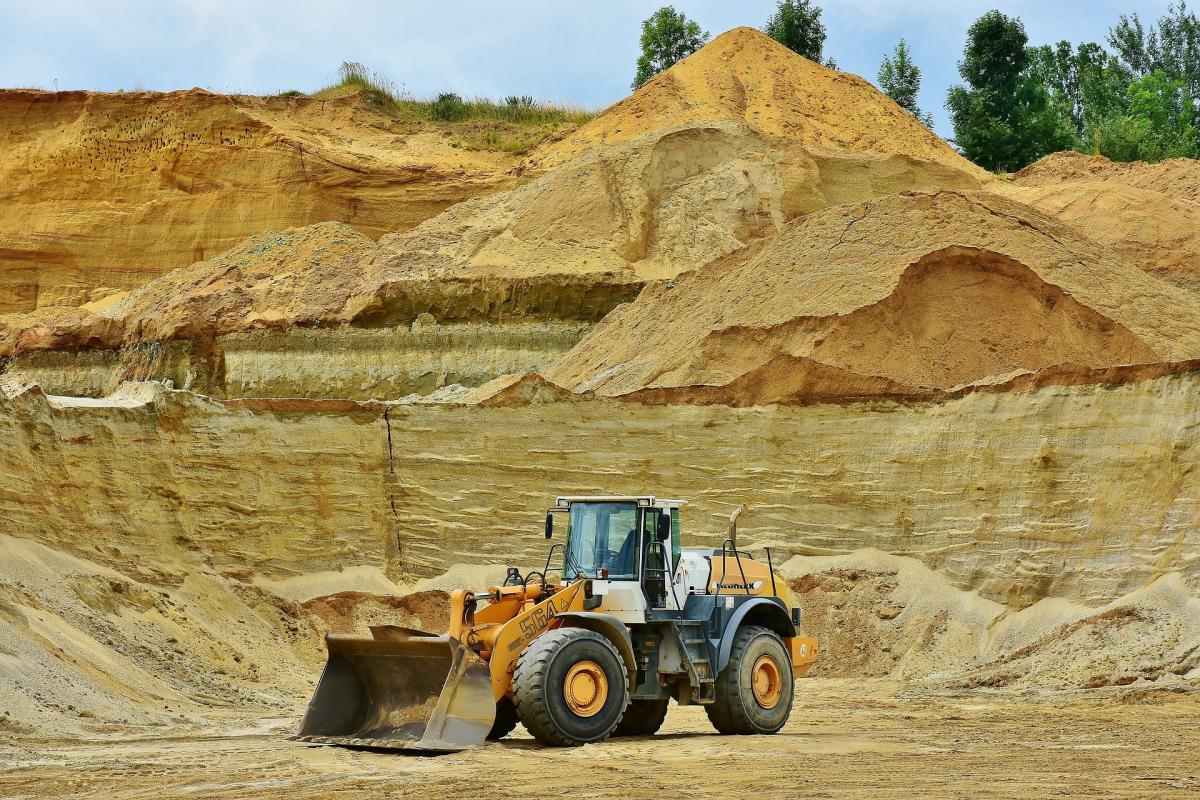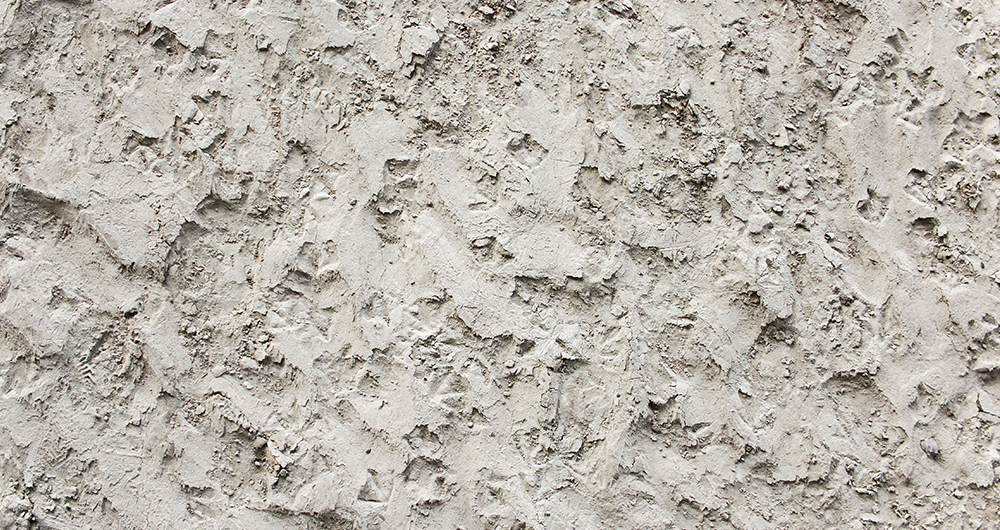As you head out to the beach of your choice this summer, take special note of an essential part of the beach: the sand. Sand is something that we think of as plentiful; it covers beaches around the world and it is the main component of deserts. However, not all sand is created equal and as the world’s population continues to grow, our need for sand increases. Thus it becomes more and more clear that sand is a finite resource. It is hard to put a price on that feeling of sand between your toes or building a sandcastle, and soon we might have to as the world’s sand supplies slowly dwindle.
Sand is actually the natural resource that we use the most after air and water. It is in almost everything. For example, the building you are probably sitting in right now is most likely made with concrete, which is primarily sand and gravel. Roads are made of concrete. Window glass and even part of your phone is also made of melted down sand. In the past, sand has been a common-pool resource, but now that there have been shortages in some areas, increased regulations have been put into place.
Sand has become an ever more sought-after commodity around the world. And so it has become more expensive.
So where is all of this sand coming from and how can we possibly be running out? Sand primarily originates in the mountains; mountains get worn down by wind and rain, losing mass in the form of tiny dislodged particles. Over thousands of years, rivers have carried those particles down the mountainsides and form deposits at or near where they meet the sea (or lake) becoming what we see as sand dunes and beach.

Photo Credit: Josh Withers/Unsplash
Currently, our cities are expanding at a rate that is unprecedented and cities are using more cement than ever before. For example, China has used more cement in the last few years than the United States used in the entire 20th century. Singapore has become the world’s largest importer of sand. It has added 130 square kilometers to its land area over a 40-year timeframe. Where does all that new land come from? Dumping sand into the ocean. There are also only particular types of sand that can be used for concrete and other types are less useful to human activities. Fine-grained sand that you would find in the Sahara Desert cannot be made into a building material. The best places to find sand for concrete are the banks of rivers and on coastlines. The demand for sand is causing us to strip riverbeds, beaches, forests, and farmlands in order to get to sand. Organized crime has even taken over in some areas.
The United Nations Environment Program estimated that in 2012, the world used almost 30 billion tons of sand and gravel to make concrete.
That’s enough sand to construct a wall that is 27 meters high and 27 meters wide around the equator! The trade value of sand is about six times what it was 25 years ago and in the U.S., sand production has increased by 24% in the last 5 years. There’s been violence over sand resources in places such as India, Kenya, Indonesia, China, and Vietnam. Sand mafias and illegal sand mining have become widespread especially in countries with weak governance and corruption. According to the director of Vietnam’s Department of Construction Materials, the country might run out of sand by the year 2020.
Sand mining used to be much more prevalent around the world. Sand mines were essentially huge dredges that would pull the sand right off the beach. Eventually, people started realizing that these mines were destroying the beaches and the mines slowly started shutting down. However, even with that said, sand is still the most mined material in the world. Sand and gravel account for up to 85% of everything mined globally each year. The last remaining coastal sand mine in the U.S. will close in 2020.

Sand Mining
Dredging for sand, which is carried out underwater, is another way in which sand is moved from one place to another. Often this sand is used for “beach re-nourishment,” which replenishes the sand that has been lost in an area from longshore drift, erosion, or other sources of avulsion. Beach re-nourishment is controversial in many areas because of the price tag that comes along with it and the fact that it is a temporary fix. For example, Bathtub Beach in Martin County, Florida has had an incredible amount of re-nourishment. In the past two years, more than $6 million has been spent on re-nourishing and restoring dunes at Bathtub Beach alone. Pictures from the beach sometimes show the new sand disappearing from the beach within 24 hours (see below).
Is there a remedy for this sand shortage? At this point, society is too reliant on sand to just stop using it altogether. One answer could be recycling sand. For example, if you have an old concrete building that is no longer being used or is being replaced, you could essentially crush the solid concrete and use it to make “new” concrete. Of course, there are downsides to doing this: it can be expensive and concrete that has already been used isn’t as good as using fresh sand. Asphalt can also be recycled and used as an alternative for some applications. In addition, other substitutes for sand include building structures with wood and straw, but it is unlikely those will become more popular than concrete.

Photo Credit: Bogomil Mihaylo/Unsplash
In 2014, Britain managed to recycle 28% of its building materials, and by 2025, the E.U. plans to recycle 75% of glass building materials, which should help lower the demand for industrial sand. Singapore plans to use a system of dykes and pumps for its next reclamation project so that it is less dependent on sand. Researchers and engineers are looking for concrete alternatives, and hoping that in the meantime, recycling much of our sand-based products will help lessen the demand for sand.
Sand extraction, mining, and dredging have all been linked with negative environmental impacts. For example, in Kenya, sand extraction has been linked with damaging coral reefs. In India, sand extraction has threatened critically endangered crocodiles. In Indonesia, islands have disappeared from too much sand mining.
Removing sand from an area can cause coastal erosion, destroy an ecosystem, facilitate disease transmission, and make an area much more vulnerable to natural disasters.
This has been demonstrated in places like Sri Lanka, where research showed that because of sand mining that happened before the 2004 tsunami, the waves were more devastating than they would have been had there been no sand mining. In Dubai, dredging creates choking underwater sandstorms, which kill organisms, destroy coral reefs, alter patterns of water circulation, and can suffocate animals like fish from clogging their gills.
There is no expectation that our world’s sand obsession will stop cold turkey, but it doesn’t need to stop. We just need to learn how to minimize the impact of extraction and return. Construction standards should be raised to extend the lifetime of a building, and as many building materials as possible should be recycled. Sand will continue to disappear as our population grows and so do our cities. Becoming aware of the problem is the first step. The next steps are extending the lives of sand products, recycling, and researching other products that could take the place of sand. We aren’t necessarily fighting a losing battle yet, but we do need to change our tactics.
Sources
https://www.npr.org/2017/07/21/538472671/world-faces-global-sand-shortage
http://www.independent.co.uk/news/long_reads/sand-shortage-world-how-deal-solve-issue-raw-materials-supplies-glass-electronics-concrete-a8093721.html
https://www.economist.com/blogs/economist-explains/2017/04/economist-explains-8
https://www.newyorker.com/magazine/2017/05/29/the-world-is-running-out-of-sand
https://www.theguardian.com/cities/2017/feb/27/sand-mining-global-environmental-crisis-never-heard
https://www.smithsonianmag.com/science-nature/world-facing-global-sand-crisis-180964815/
https://www.usatoday.com/story/news/world/2017/11/28/could-we-run-out-sand-because-we-going-through-fast/901605001/
https://www.economist.com/news/finance-and-economics/21719797-thanks-booming-construction-activity-asia-sand-high-demand
https://www.tcpalm.com/story/opinion/columnists/gil-smart/2017/11/17/fewer-martin-county-residents-carrying-federal-flood-insurance-maybe-theyre-not-worried-sea-level-ri/869854001/
http://www.sciencemag.org/news/2018/03/asias-hunger-sand-takes-toll-endangered-species







